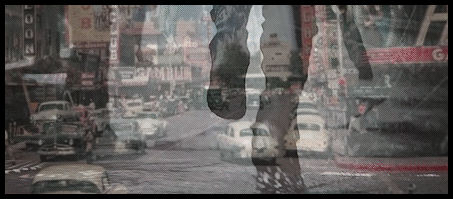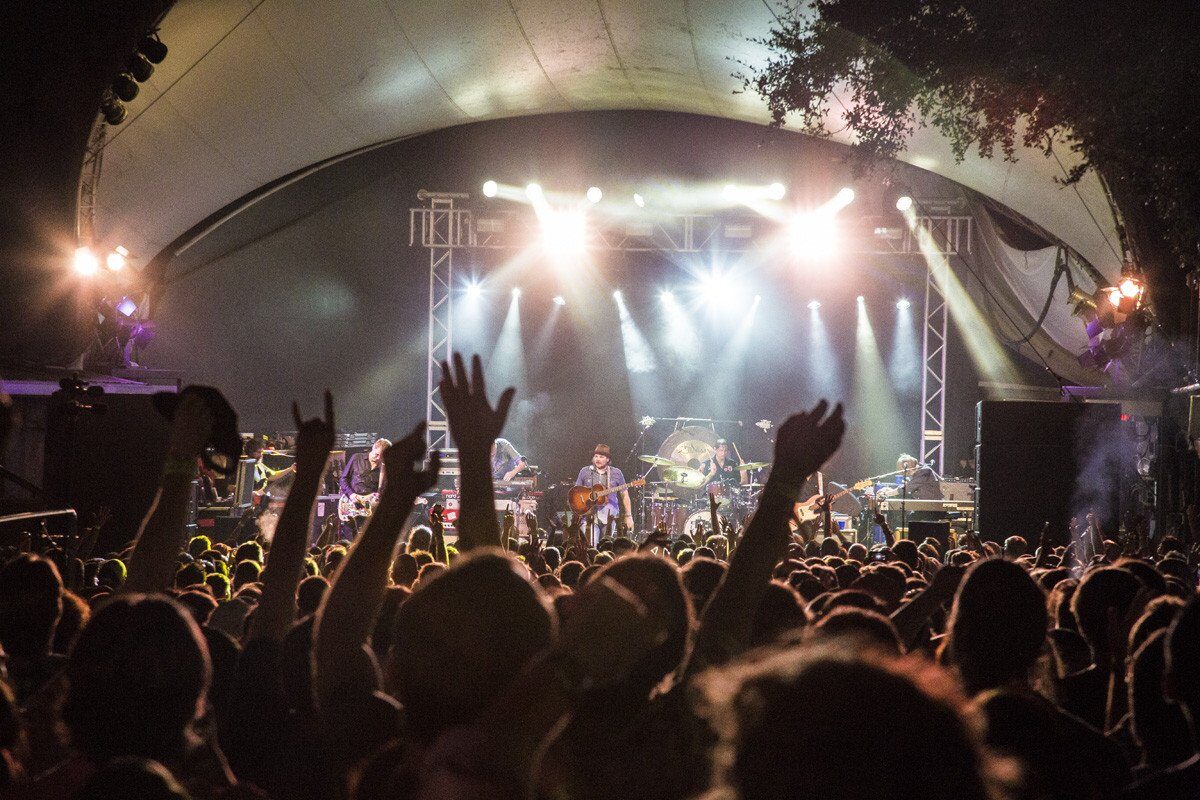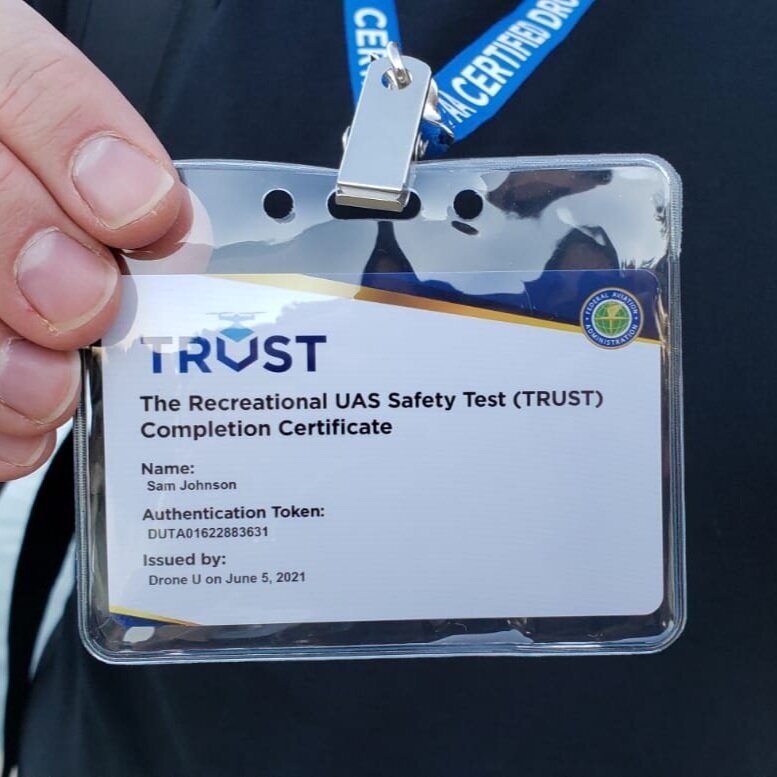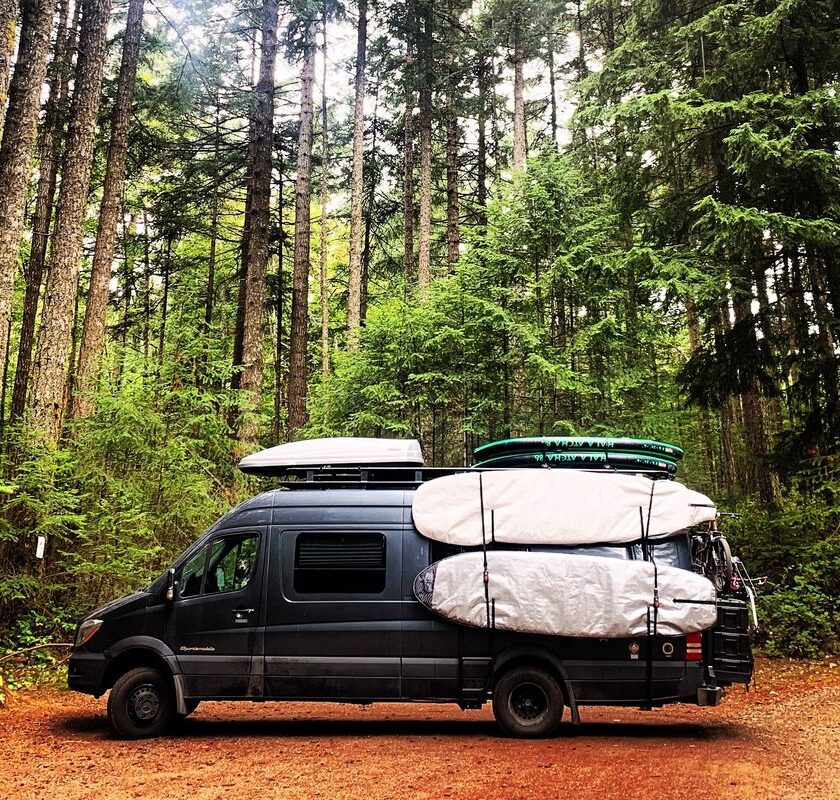We like flying robots…. Austin is “drone friendly town” and those of us who fly regularly want to keep it that way by educating all drone pilots on the various regulations that apply to the Austin, Texas region. If you have a drone or are thinking of getting one, this page is for you. Flying Camera Media page
Is it legal to fly drones in Austin?
Federal Drone Laws in Texas
To fly a drone as a hobbyist in the state of Texas (i.e. for fun / pleasure) you are required by the FAA to take The Recreational UAS Safety Test (TRUST). You are also required to follow the FAA’s recreational model aircraft rules
7 EASY TIPS for BETTER DRONE PHOTOGRAPHY
An Introduction To Drone Cinematography
Drone Filmmaking Beginners Guide – How To Fly a Drone
5 Killer Ideas for Drone Videos
Requirements
Recreational drone pilots may only fly for
fun. Do not fly for work, payment, or for a
business.
Controlled Airspace is usually found around
airports, cities, and metropolitan areas. Most
likely requires authorization through LAANC
or FAADroneZone.
Uncontrolled Airspace does not mean
unregulated. Airspace closest to ground level
and away from airports. Does not require
authorization but does require compliance
with all other rules including not flying over
400 feet above ground level.
Prior to flying your drone, check with a
LAANC UAS Service Supplier or the B4UFLY
app to find out if the airspace you plan to fly
in is restricted/needs authorization or is
prohibited.
Temporary Flight Restriction (TFR) can
happen anytime/anywhere. Usually issued for
events like Presidential/VIP visits, major
sporting events, or for severe weather.
Preparation
The person flying the drone is responsible
for all aspects of the flight, including where it
flies, how high it flies, and that all rules and
regulations are followed.
Factors that can affect your ability to fly your
drone safely include distractions,
drugs/medications, alcohol, sickness, health,
stress, fatigue, weather conditions, and
physical obstacles (power lines, trees,
buildings, people, etc.).
Check your drone before and after each
flight to make sure it’s working properly and
there isn’t any damage. Do not fly with a low
power or damaged battery.
Safety
Community Based Organization (CBO) safety
guidelines must be followed when flying under
the Exception for Recreational Flyers.
Maintaining Visual Line of Sight (VLOS) helps
avoid ground obstacles, bystanders, and manned
aircraft. No binoculars, cameras, or other devices
are allowed.
Using a visual observer does not allow a
recreational flyer to fly a drone beyond VLOS.
If you are using first-person-view (FPV) goggles
or looking at your control station for most of the
flight, you must have a visual observer next to
you and they must maintain VLOS of the drone.
Drones must give way to manned aircraft at all
times during flight!
Limitations
Before flying your drone for the first time, you
should read the manufacturer’s safety
information to learn about maximum altitude,
weight, and flight distance; automated features;
and battery duration, strength, and range.
Most common cause of drone incidents is a lost
signal. Know how your drone will respond.
Register your drone with the FAA if it weighs
0.55 pounds (250 grams) or more. Registration
number must be displayed on drone exterior.
Must provide proof of registration and TRUST
course completion upon request by law
enforcement or FAA personnel.






















 . A church...
. A church...
